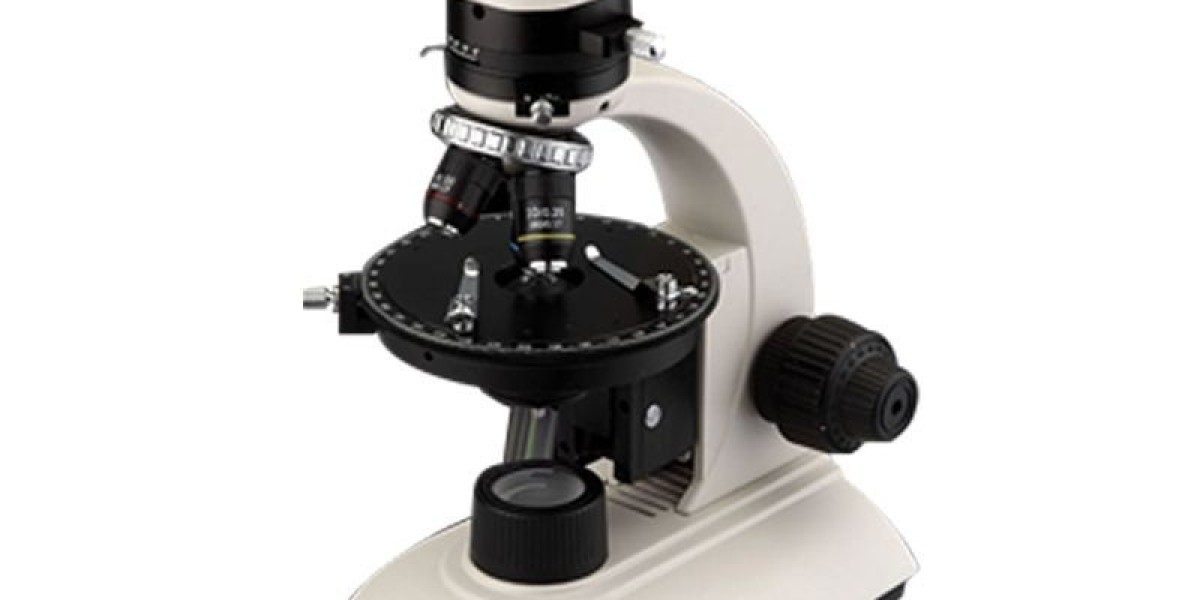Numerous materials and structures, including minerals, rocks, animals, tissues, polymers, and crystals, can be identified using a polarizing microscope. The polarizing microscope can be used to identify unknown materials and structures if you know how to interpret the results. The following elements must be taken into account when interpreting polarizing microscope results:
l Pleochroism: A birefringent substance's ability to look at distinct hues under a polarizing microscope when seen in different orientations is known as pleurochromatism. Pleochroism is a useful approach for studying the direction of an optic axis in a birefringent substance and for classifying various types of birefringent materials.
l Extinction angle: Extinction angle is the angle formed by the polarizer and optic axis of a birefringent material. It is possible to distinguish between different types of birefringent materials using the extinction angle.
l Birefringence: A substance is said to exhibit birefringence if it splits light into two beams that vibrate in two different planes. The difference between the two beams' refractive indices indicates the degree of birefringence. Under a polarizing microscope, materials that generate interference colors can be identified as birefringent.
You also need to think about the kind of sample you are looking at in addition to these other factors. For instance, you will need to be familiar with the optical characteristics of various minerals if you are analyzing a rock sample. When analyzing biological materials, it is important to understand the various optical characteristics of various tissues and cells. The pleochroism, extinction angle, and birefringence of materials can all be examined using a polarizing microscope. One can understand the mechanical, optical, chemical, and structural characteristics of materials by applying this information.








